Hey there! If you’ve ever wished you could move with a little more confidence – whether it’s stepping onto a curb, reaching for a favorite book on a high shelf, or simply dancing to your favorite tune at a family gathering – you’re in the right place. The good news is that coordination exercises for seniors are easier to start than you might think, and they can make a world of difference in keeping you steady, safe, and feeling youthful. Let’s dive in together, one friendly step at a time.
Why Coordination Matters
What is coordination and why does it change?
Coordination is the smooth integration of vision, balance, and muscle movement. As we age, the visual system, vestibular (inner‑ear) system, and proprioceptive (body‑position) sensors all slow down a bit. According to Healthline, these changes can make everyday motions feel clumsier.
How better coordination improves daily life
Imagine walking from your bedroom to the kitchen without worrying about a wobble, or being able to put on a pair of shoes without lost balance. Improved coordination means:
- Fewer falls and injuries
- More independence in daily chores
- Greater confidence to enjoy social activities
What does the research say?
A 2019 study in Frontiers in Aging Neuroscience showed that regular coordination and balance training significantly boost quality of life for older adults. Another clinical trial from the University of Pittsburgh found that adding “task‑specific timing and coordination” to a standard strength program improved gait speed more than strength training alone according to the researchers. In short, the science backs up what we already feel in our bodies.
Safety First
Common risks to watch for
Starting any new routine can bring a few hiccups: muscle soreness, brief dizziness, or over‑stretching. The key is to listen to your body, stay hydrated, and never push through sharp pain.
Quick self‑screen before you start
Ask yourself:
- Can I stand unaided for at least 30 seconds?
- Do I feel steady when I walk a short distance?
- Has my doctor cleared me for light exercise?
If the answer to any of these is “no” or “unsure,” a quick chat with your primary‑care physician or a physical therapist can set you on the right path.
Expert safety checklist (downloadable)
We’ve put together a printable safety sheet you can keep on the fridge. It includes:
- Non‑slip footwear recommendations
- How to set up a safe exercise space
- When to use a gait belt or a sturdy chair for support
Feel free to print it and keep it handy during each session.
Practical safety gear & environment
Nothing fancy is needed – just a clear area (no toys, wires, or rugs), a sturdy chair, and shoes with a good grip. If you use a walker or cane, make sure it’s in good condition and adjusted to your height.
Core Exercise Types
1️⃣ Balance‑Focused Drills (senior balance exercises)
These moves target the muscles that keep you upright.
- Sideways Walking – Take 10 steps to the right, then back to the left. Start slow; as you feel steadier, increase to 20‑30 steps.
- Simple Grapevine – Cross one foot over the other while moving sideways. Use a wall for balance if needed.
- Heel‑to‑Toe Walk – Place the heel of one foot directly in front of the toes of the other foot. Aim for 5‑10 steps, then repeat the other way.
2️⃣ Hand‑Eye & Upper‑Body Coordination
These exercises keep your arms and eyes working together.
- Ball Toss to Wall – Stand a short distance from a wall, gently toss a soft ball, catch it with the opposite hand. Switch hands after 10 tosses.
- Pick‑Up‑and‑Place – Use a small cup and a handful of beans; scoop and place them one by one. It’s a mini‑game that sharpens fine motor control.
3️⃣ Lower‑Body Agility & Speed (senior agility training)
These moves add a dash of movement variety.
- Chair‑Rise & Reach – From a seated position, stand up, lift one knee, and reach the opposite hand overhead. Return to sit and repeat on the other side.
- Marching in Place with Arm Swings – Lift knees high while swinging opposite arms. If you have a walker, hold onto it for extra stability. A short video from DailyCaring demonstrates this safely.
4️⃣ Multi‑Task (Brain‑Body) Drills
Combine movement with mental focus for a full‑brain workout.
- Step‑Touch‑Count – Step side‑to‑side while counting backwards from 20. It forces your brain to stay on two tasks at once.
- Tai Chi “Wave Hands” – Slow, flowing arm movements that sync with weight shifts. As noted by Trillium Tysons, Tai Chi improves both balance and mental calm.
Weekly Routine Plan
How often should you train?
Experts recommend 2–3 sessions per week, each lasting 20‑30 minutes. Consistency is far more important than intensity; even a short, regular routine yields noticeable gains.
Sample 4‑Week Progressive Plan
| Week | Focus | Exercises (minutes) | Progression Tips |
|---|---|---|---|
| 1‑2 | Foundations | Sideways Walk, Heel‑to‑Toe, Ball Toss (10 min each) | Start with 5 steps, add 2‑3 steps each session. |
| 3‑4 | Adding Challenge | Grapevine, Chair‑Rise & Reach, Step‑Touch‑Count (12 min each) | Increase repetitions by 20 %; try eyes‑closed balance for 2‑second intervals. |
Tracking progress safely
Keep a simple log: date, exercise, reps, and a quick “felt steady?” checkbox. Every two weeks, try the Timed Up‑and‑Go (TUG) test – stand, walk 3 meters, turn, and sit. A faster time signals improvement.
Expert Insights & Real‑World Stories
What PTs say about proprioception
Dr. Apoorva T from SugarFit explains, “Our proprioceptive system tells the brain where the body is in space. Gentle drills that challenge that sense can actually ‘rewire’ neural pathways, making movements feel more natural.”
Case study: Mrs. Alvarez, 72
Mrs. Alvarez started with the basic balance drills twice a week. After eight weeks, her TUG time dropped from 15 seconds to 10 seconds, and she reported feeling “more secure” when stepping onto her porch.
Community motivation
SilverSneakers instructors often share a simple mantra: “One step, one smile.” Their classes blend the exercises above with upbeat music, making the workout feel like a dance party rather than a chore.
Additional Resources & Tools
Printable handout
Download a one‑page “10‑Minute Coordination Warm‑Up” that you can stick on the fridge. It includes quick visual reminders for each drill.
Recommended video guides
- SilverSneakers – “5 Exercises That Improve Coordination for Seniors” (YouTube).
- DailyCaring – “Safe Balance Exercises for Walker Users” (linked above).
Apps for reminders
Free phone apps like Google Keep or Medisafe let you set a daily alarm titled “Coordination Time!” so you never miss a session.
Conclusion
We’ve covered why coordination matters, how to stay safe, a toolbox of easy‑to‑do drills, and a simple weekly schedule to keep you moving forward. The best part? You don’t need a gym membership or fancy equipment—just a little space, a supportive friend or caregiver, and the willingness to try.
Start with five minutes today. Pick one balance exercise, set a timer, and notice how your body responds. Then, keep a gentle record of your progress and celebrate each small victory. Your future self will thank you with steadier steps, brighter confidence, and the freedom to enjoy life’s everyday moments.
What coordination exercise are you most excited to try? Share your thoughts in the comments, ask questions, or let us know how your routine is going. We’re all in this journey together – let’s stay coordinated, stay safe, and stay vibrant!

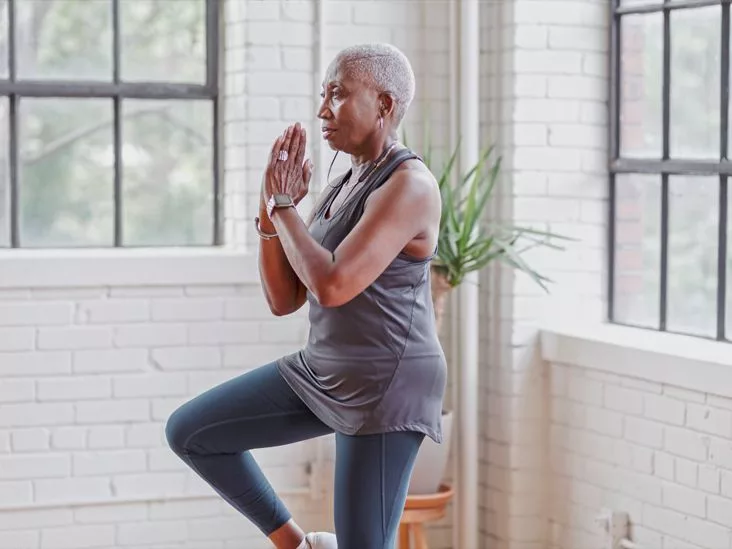



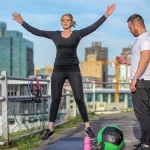

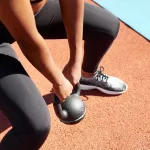





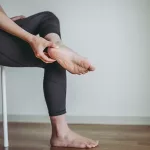
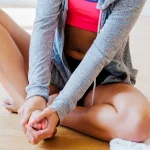



Leave a Reply
You must be logged in to post a comment.